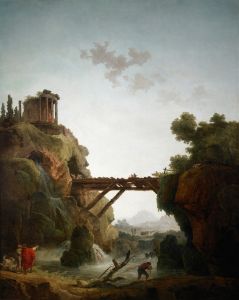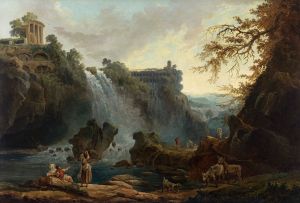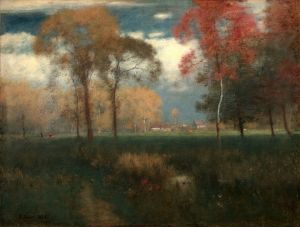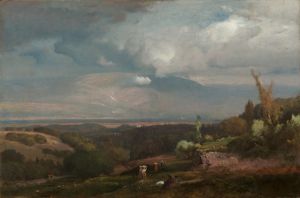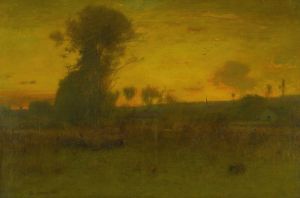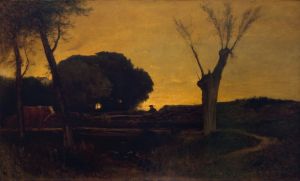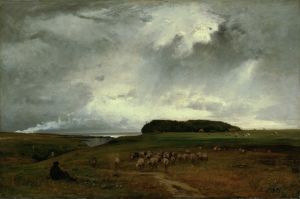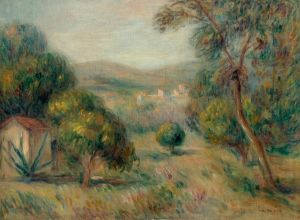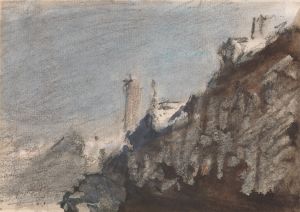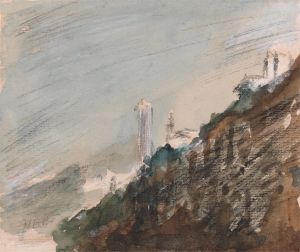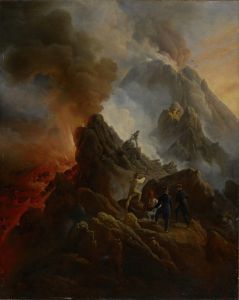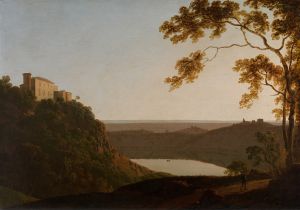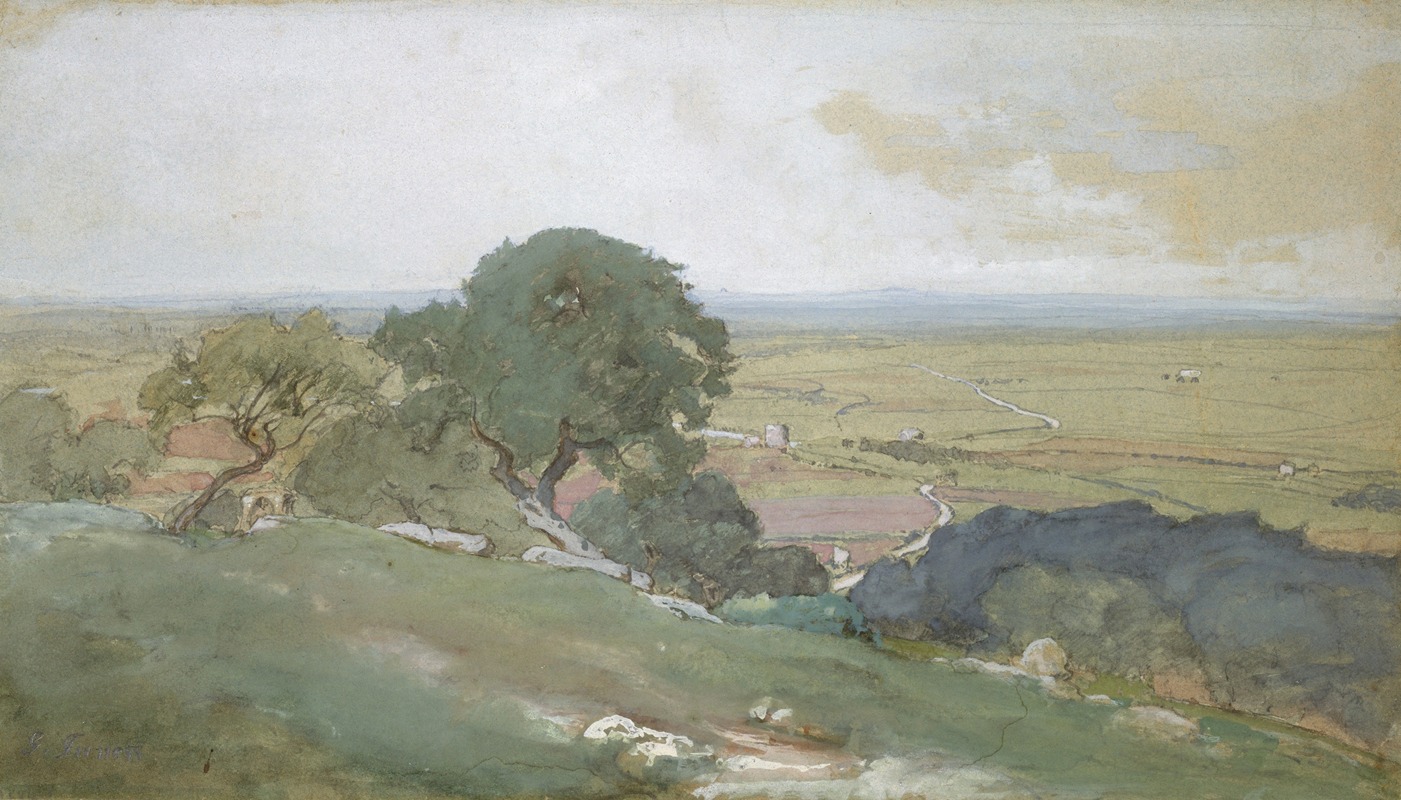
Olive Trees at Tivoli
A hand-painted replica of George Inness’s masterpiece Olive Trees at Tivoli, meticulously crafted by professional artists to capture the true essence of the original. Each piece is created with museum-quality canvas and rare mineral pigments, carefully painted by experienced artists with delicate brushstrokes and rich, layered colors to perfectly recreate the texture of the original artwork. Unlike machine-printed reproductions, this hand-painted version brings the painting to life, infused with the artist’s emotions and skill in every stroke. Whether for personal collection or home decoration, it instantly elevates the artistic atmosphere of any space.
"Olive Trees at Tivoli" is a painting by the American landscape artist George Inness, who is widely regarded as one of the most influential figures in 19th-century American art. Inness is often associated with the Hudson River School early in his career, but he later became a key figure in the Tonalist movement, which emphasized mood, atmosphere, and subtle tonal variations in landscape painting.
The painting depicts a serene landscape featuring olive trees in Tivoli, a town in central Italy known for its picturesque scenery and historical significance. Tivoli has long been a source of inspiration for artists due to its natural beauty and cultural heritage, including landmarks such as the Villa d'Este and Villa Adriana. Inness visited Italy during the mid-19th century, and his time there had a profound impact on his artistic style. "Olive Trees at Tivoli" reflects his interest in capturing the spiritual and emotional essence of a landscape rather than focusing solely on its physical details.
Inness's approach to landscape painting was deeply influenced by his study of European art, particularly the works of the Barbizon School in France. The Barbizon painters emphasized naturalistic depictions of rural scenes and often worked outdoors to capture the effects of light and atmosphere. Inness adopted similar techniques, blending them with his own philosophical and spiritual beliefs. He was influenced by the writings of Emanuel Swedenborg, a Swedish theologian whose ideas about the interconnectedness of the natural and spiritual worlds resonated with Inness's artistic vision.
"Olive Trees at Tivoli" exemplifies Inness's mature style, characterized by soft, diffused light, harmonious color palettes, and a focus on evoking a sense of tranquility and introspection. The painting demonstrates his ability to balance realism with a more subjective, emotional interpretation of the landscape. Rather than providing a detailed, photographic representation of the scene, Inness sought to convey the atmosphere and mood of the location, inviting viewers to engage with the painting on a deeper, more personal level.
The exact date of the painting's creation is not definitively documented, but it is generally associated with Inness's travels in Europe during the 1850s and 1860s. During this period, he refined his artistic techniques and developed the distinctive style that would define his later works. Today, "Olive Trees at Tivoli" is considered an important example of Inness's contribution to American landscape painting and his ability to bridge the gap between realism and tonalism.
The painting is held in a public or private collection, but specific details about its current location or provenance are not widely available.





